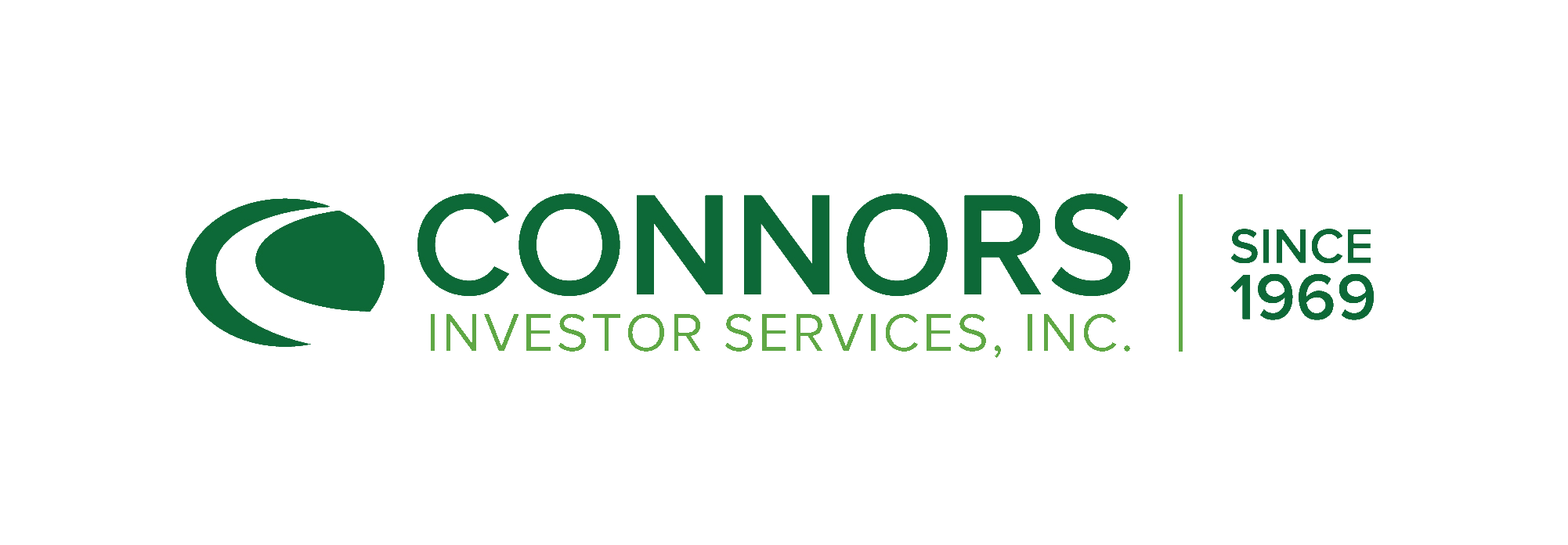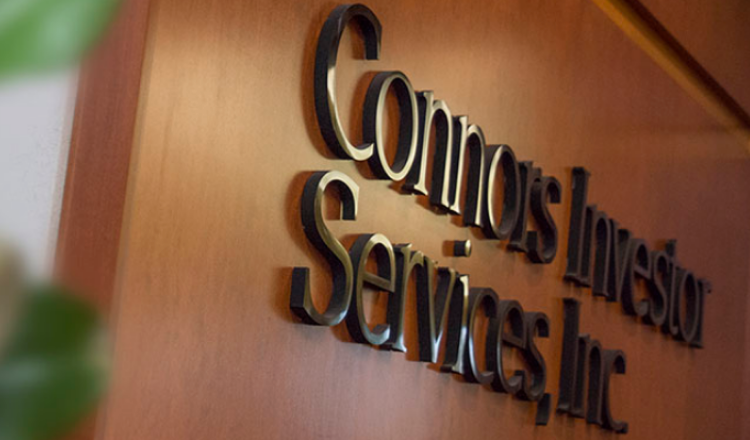2023 Q4 Connors Hedged Equity Fund (CVRDX) Quarterly Commentary
by Robert Cagliola, CFA and Robert Hahn, CFA, on Feb 8, 2024 2:37:08 PM
Market Commentary
Sir Isaac Newton once said, “What goes up must come down.” Thankfully for the markets this appears to apply to 10-Year Treasury rates as well. The market began Q4 similarly to the way it ended Q3, trading down for the third consecutive month in October. Concern about “higher for longer,” large Federal budget deficits and questions about a supply/demand imbalance for US Treasuries led to a spike in the 10-year Treasury rate to nearly 5% in October. Following the October peak, rates reversed, declining by over 110 bp through year-end as Federal government shutdowns were averted and Fed language regarding inflation and interest rates became more benign. The market rallied on the rate pullback, rebounding by over 15% since the October low, and ended up over 24.2% for the year as measured by the S&P 500.
A notable broadening of the market occurred during the Q4 rally. While most of the Magnificent Seven stocks continued to outperform the market, outperformers for the quarter also included cyclical and value names that had underperformed for much of the year. This includes interest rate- sensitive sectors such as Financials, Industrials, and REITs. Fed officials began acknowledging in October that tightening financial conditions likely reduced the need for further rate hikes. The Fed December meeting was even more dovish as the Fed funds forecast suggested 75 basis point (bp) in cuts in 2024. The disinflation theme was supported by the core PCE inflation for November, which increased 1.9% on a six-month annualized basis, marking the first time in three years that inflation was below the Fed’s target rate of 2%. That said, we point out that the CPI for November was up 3.1% year-over-year, and the core CPI was up 4.0% year- over-year as the housing costs remain elevated due to low inventories and higher interest rates. The soft-landing scenario gained more support as the economy continued to be resilient, with GDP growing 5.2% in Q3 and the labor market remaining strong, with unemployment at 3.7%. REITs were the strongest sector during Q4, up 17.6%. Technology was the next best performer, up 16.9%. Financials were the third best-performing sector up 13.4% due to lower rates and increased hopes of a soft landing. Underperformers were led by Energy down, 7.8% following strong Q3 performance. Oil pulled back sharply following its breakout above $90 a barrel due to weak economic data in China and lessened concerns about more widespread conflict in the Middle East. While all other sectors were up during the quarter, staples, healthcare, and utilities underperformed the market. Continued market upside in the first quarter will likely depend on CPI numbers showing further moderation in inflation and 10-year U.S. Treasury yields remaining near or below 4%. While near-term markets could see some retracement following the fourth-quarter rally, we expect further upside in 2024 if rates and inflation continue to moderate.
Portfolio Equity Positioning
Recognizing the Fed’s less hawkish tone and the probability that interest rates may plateau going forward, several adjustments were made to the portfolio to participate in any rebound of deeply oversold equities found in the Consumer Discretionary, Financials, and Communication Services sectors. Positions bought and/or weighted up included Target (TGT) and Lowes (LOW) – inventory reduction and margin recovery and Morgan Stanley (MS) – moderating interest rates and growth of fee income. In addition, the portfolio was balanced with purchases and weighting increases of positions having exposures to strong secular tailwinds, including Quanta Services – infrastructure build-out, Amazon (AMZN) – continued AWS growth, Advanced Micro Devices (AMD) – new server CPUs and GPUs and recovering PC demand, Welltower (WELL) – aging population driving demand for retirement housing, Salesforce (CRM) – efficiencies and cost savings driving software investments. Securities sold in the quarter included Proctor & Gamble (PG) – pricing pressures, Cisco Systems (CSCO) – slowing enterprise and telco demand and bloated inventory, Analog Devices (ADI) – slowing auto and industrial demand and inventory build, NextEra (NEE) – rising costs of new project financing, Johnson & Johnson (JNJ) – concerns over continued rising litigation costs due to talc powder asbestos contamination.
Call Option Premium
The VIX Index spiked 31% in October as interest rates continued the march higher, briefly topping out above 5%. However, as previously mentioned, the Fed’s perceived change in tone within the policy statement led to a rather quick retreat in volatility by quarter end of more than 40% from its highs. Given that backdrop, we continued to implement our covered call strategy at the 25-30 delta range on new equity purchases but also selectively held back on rewrites to allow for equity recovery from the late October sell-off in the market. As we often say with our covered call strategy, knowing when to rewrite and/or roll options is often more art than science. As the market recovered, we re-initiated several overlay positions on names in the Financial, Healthcare, and Staples sectors. The portfolio average percentage written was 50% but will trend higher as the market continues to recover. The average duration of call options was consistent with past quarters at roughly 92 days and 10.3% upside to strike prices. Generated premiums averaged 0.6% gross (2.3% annualized).
Protective Put Positioning
Notional value of put contracts ranged from 15% to 38% of the portfolio, ending the quarter at roughly 34%. With the 6.8% pull back off traded highs in the S&P500 Index in late October, we monetized our tactical protective put position (roughly 15% of notional value) to lock in gains while maintaining a strategic position of protection at roughly 22% of notional value. These remaining contracts lost value as the market accelerated higher into year-end. New contracts were established at higher strike prices near year-end as the market recovery appeared overextended and overbought. Given the low market volatility later in the quarter, purchasing put spreads were relatively more attractive. Overall, protective put contracts subtracted from performance by 50 basis points in the 4th quarter, given the strong overall 4th quarter market performance of 11.7%.
Outlook
We believe that the market could see some retracement early in the year, given the stock market’s significant appreciation in the fourth quarter. Beyond any potential near-term pullback, further upside this year remains predicated on a further decline in inflation and continued dovish monetary policies. The economy continues to exhibit better-than-expected growth, with 5.2% GDP growth in Q3 and continuing strength in the labor market despite the Fed’s rate hike cycle. The Fed continues to closely monitor inflation and the core CPI would likely need to decline further before the Fed would consider rate cuts. Rate-sensitive industries such as housing would greatly benefit from any potential rate cuts or further declines in the 10-year Treasury rate. Though Presidential Election years are generally positive for the market, we note that continued large fiscal deficits by the Federal government could negatively impact interest rates. Geopolitical events could also prove to be a wild card this year, with continued conflict in Ukraine and the Middle East. We believe that covered-call option writing is an appropriate strategy to participate in any potential market upside while reducing volatility. We maintain a diversified porfolio with both secular growth and value exposure and look to add to positions on any pullbacks, as well as look for opportunities to add additional premium protection to the porfolio.
| The performance data quoted represents past performance. Past performance does not guarantee future results. The investment return and principal value of an investment will fluctuate so that an investor’s shares, when redeemed, may be worth more or less than their original cost. Current performance may be lower or higher than the performance data quoted. For performance current to the most recent month end, please call 833-601-2676. |
IMPORTANT INFORMATION:
Past performance is no guarantee of future results. As with any mutual fund investment, there is a risk that you could lose money by investing in the Fund. The Connors Hedged Equity Fund is distributed by Ultimus Fund Distributors, LLC. (Member FINRA) Connors Investor Services and Ultimus Fund Distributors, LLC are separate and unaffiliated. [17812948-UFD- 01/22/2024]
This information is for use with concurrent or prior delivery of a fund prospectus. Investors should consider the investment objective, risks, and charges and expenses of the Fund(s) before investing. The prospectus and, the summary prospectus, contains this and other information about the Fund and should be read carefully before investing. The prospectus may be obtained by calling 844-ACFUNDS (844-223-8637).
The performance data quoted represents past performance. Past performance does not guarantee future results. The investment return and principal value of an investment will fluctuate so that an investor’s shares, when redeemed, may be worth more or less than their original cost. Current performance may be lower or higher than the performance data quoted. For performance current to the most recent month end, please call 833-601-2676.
This material is being provided for informational purposes only. Any information should not be deemed a recommendation to buy, hold or sell any security. Certain information has been obtained from third-party sources we consider reliable, but we do not guarantee that such information is accurate or complete. This report is not a complete description of the securities, markets, or developments referred to in this material and does not include all available data necessary for making an investment decision. Prior to making an investment decision, please consult with your financial advisor about your individual situation. Investing involves risk and you may incur a profit or loss regardless of strategy selected. There is no guarantee that the statements, opinions or forecasts provided herein will prove to be correct. Opinions are subject to change without notice.
Definitions
Out of the money: Out of the money refers to a call option with a strike price that is higher than the market price of the underlying asset, or a put option with a strike price that is lower than the market price of the underlying asset.
Investments in options involve risks different from, or possibly greater than, the risks associated with investing directly in the underlying securities.
Delta: The amount option is expected to move for $1 change in stock price.
The S&P 500® Index is a market capitalization-weighted index of 500 widely held stocks often used as a proxy for the stock market. Unlike mutual funds, the index does not incur expenses. If expenses were deducted, the actual returns of this index would be lower.
The CBOE S&P 500 BuyWrite Index (BXM) is a passive total return index based on (1) buying an S&P 500 stock index portfolio, and (2) "writing" (or selling) the near-term S&P 500 Index (SPX) "covered" call option, generally on the third Friday of each month. An investor cannot invest in an index and index returns are not indicative of the performance of any specific investment.
The VIX Index is the ticker symbol and the popular name for the Chicago Board Options Exchange's CBOE Volatility Index, a popular measure of the stock market's expectation of volatility based on S&P 500 index options.
Volatility: A statistical measure of dispersion of returns.
Covered call: Selling a call option on an underlying long held security.
Protective put: Purchase of a put option vs a long underlying equity position or broad index that is not necessarily held. Put spreads: purchase near strike put while selling another lower strike put. Defined percentage protection against downside participation with market weakness. Usually initiated vs broad market index.
Downside Put Protection: Put options increase in value when the underlying asset value falls. The Connors Hedged Equity Fund typically utilizes put options against the S&P 500 Index to help with risk mitigation and preservation of portfolio asset value.





